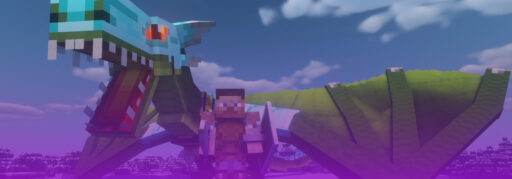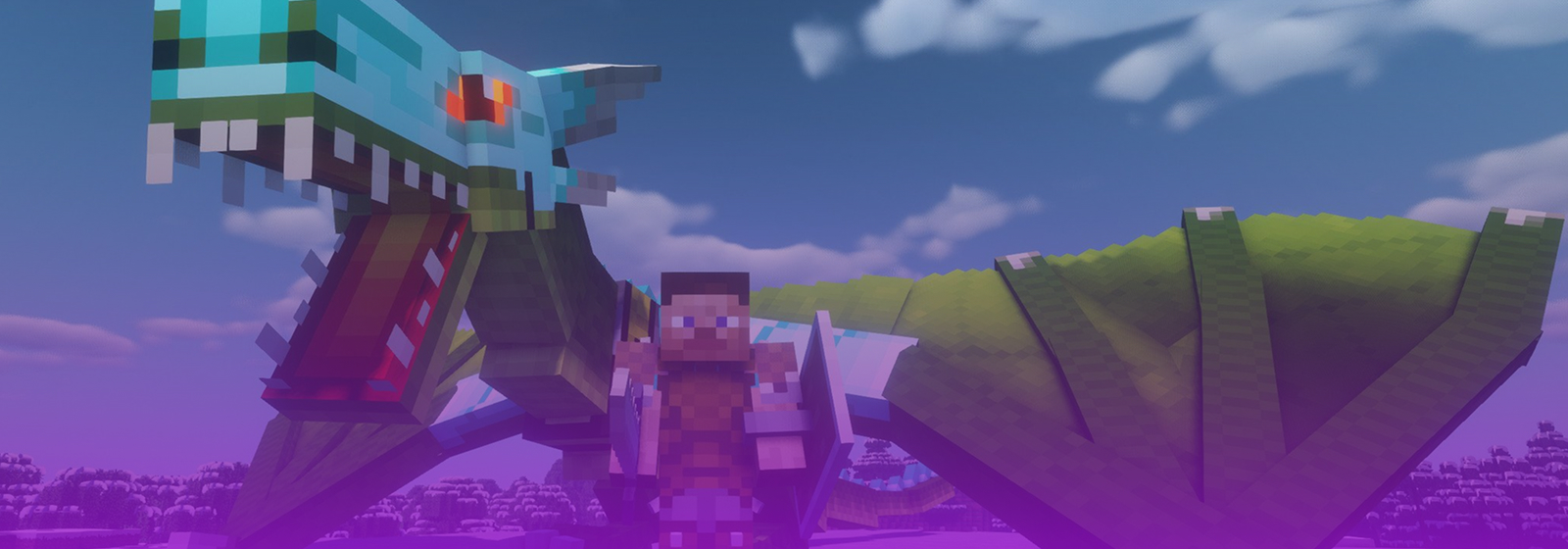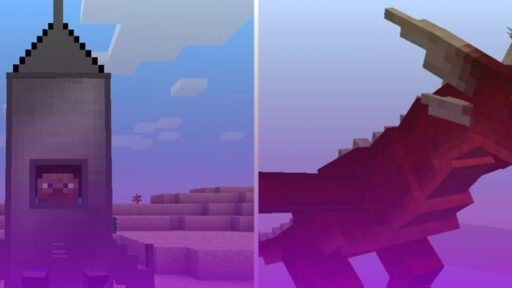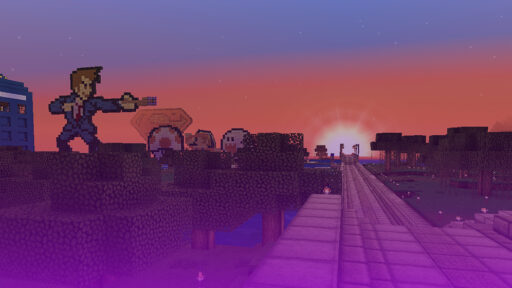Minecraft has one of the largest modding communities in gaming, and along with it, a variety of different mod loaders, including some forks such as NeoForge and Quilt. Today we are focusing on arguably the two most popular ones; Forge and Fabric.
A Brief History of Modding:
In the early days, Minecraft was modded using a method known as jarmodding, which involved modifying the game’s core executable; the minecraft.jar file. However this process was unstructured, unstable and prone to issues. If you tried to load two mods at the same time, the second mod would simply overwrite the files of the first mod. This would lead to conflicts, crashes, and sometimes a failure to boot.
For this reason, mod loaders were created. A mod loader is an intermediary API that first loads the base game and then compiles other mods sequentially one by one in a controlled manner. This allows multiple mods to work with the game’s code without causing too many conflicts.
The Forge Ecosystem:

The Minecraft Forge Project started development around 2011 in an attempt to address the incompatibility issues amongst early large scale mods such as Buildcraft, IndustrialCraft, Redpower, etc. Due to the use of jarmodding and a lack of a widely adopted modloader, it was not possible to load these mods together. By collaborating with each other and building upon an existing tool, Risugami’s ModLoader, they were able to create a robust, standardised modloader for Minecraft. For nearly a decade, Forge remained as the de-facto modloader for Minecraft.
Forge utilises a monolithic, event-driven architecture. Forge alters the vanilla Minecraft code significantly in order to insert a comprehensive library that mod developers can pull from for their mods. This architectural choice prioritises stability and compatibility.
Forge: Benefits and Limitations
Benefits:
- Heavyweight Stability: While more resource-intensive, Forge is considerably more stable under load and has proven to be more robust when handling a large number of mods simultaneously.
- Vast Mod Ecosystem: Having been around for over a decade, Forge’s ecosystem is vast, featuring large-scale overhaul and dimension mods like Tinker’s Construct and Immersive Engineering, and is the foundation for classic modpacks like RLCraft.
- Mature API for Developers: Developers have access to a mature, comprehensive, and feature-rich API that provides established tools for most common tasks, with restrictions that can aid inter-mod compatibility.
Limitations:
- Lower Peak Performance: Forge is significantly more heavy, leading to lower peak FPS numbers compared to its more lightweight counterparts.
- Difficult for New Developers: The vastness of the Forge API can be difficult to navigate for new modders, and its rigidity can limit the scope of smaller, low-level modifications.
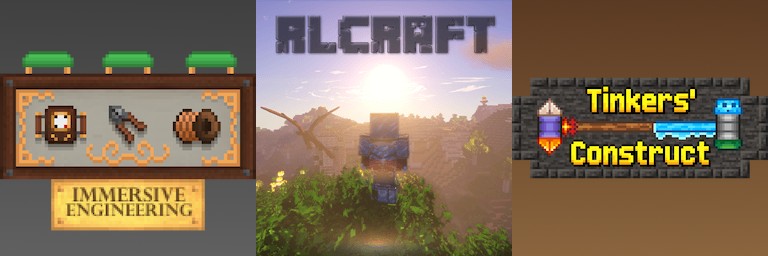
The Fabric Ecosystem:
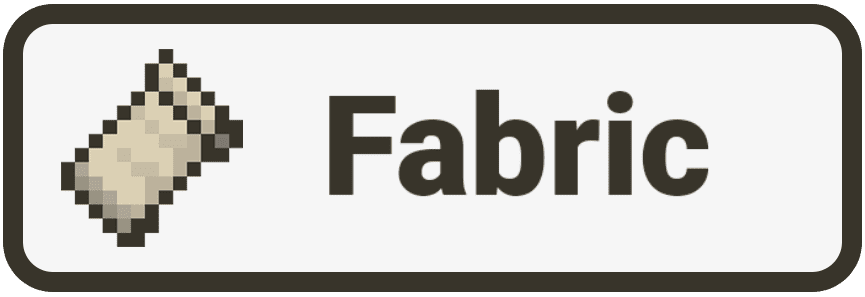
The Fabric Project appeared in 2018 due to delays in Forge’s update for Minecraft 1.13. The developers prioritised a lightweight, adaptable design, allowing them to release a functional mod loader for newer game versions quickly. This was the primary advantage Fabric had and what allowed it to gain such traction so quickly amongst players and developers.
The Fabric Architecture is completely different from Forge, focusing instead on creating an intentionally lightweight, modular and somewhat minimalist design. The core functionality comes from a powerful, low-level Java modification framework known as Mixin, which allows developers to directly inject their code into existing vanilla code at runtime. This more precise approach gives a greater degree of flexibility, and modularity. The base Fabric loader only contains the hooks that are absolutely necessary. The majority of more important higher-level API are provided in a separate community maintained dependency known as Fabric API. Thus developers are able to include only the specific modules that they require, reducing the overhead.
Fabric: Benefits and Limitations
Benefits:
- Lightweight Performance: Fabric has much lower overhead, resulting in significantly higher raw FPS, making it an excellent choice for lightly modded experiences or for players with high-refresh-rate monitors.
- Modern “Vanilla-Plus” Ecosystem: While possessing a smaller library, it is the exclusive home of modern, highly popular performance mods like Sodium, Lithium, and Iris. It’s the preferred loader for players seeking a “vanilla-plus” feel.
- Accessible for New Developers: Developers have greater flexibility through Mixins. The API is simpler, more modern, and its documentation is widely considered superior, making it a better entry point for new modders.
Limitations:
- Smaller Library of Large-Scale Mods: Fabric has a smaller library of the kind of massive, game-changing content mods that Forge is known for.
- More Responsibility on Developers: Developers bear more responsibility for ensuring compatibility with other mods and may need to implement systems that would otherwise be provided by default in Forge.

Connectors:
The biggest cause of such a schism in the modding community is the historic inability to run mods from one loader to another. This is changing with the advent of compatibility layers which function as translators between the APIs. The most prominent example being the Sinytra Connector, a tool that allows a large number of Fabric mods to run on Forge and NeoForge with the help of a companion tool called Forgified Fabric API.
As of right now, it is mostly a one-way bridge between Fabric-to-Forge(/NeoForge), as translating the monolithic Forge API to Fabric is a monumental task. There have been experimental projects such as Patchwork and more recently Kilt. However they are still in very early stages of development.
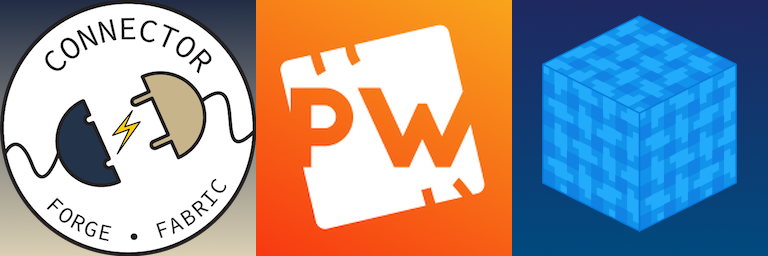
Conclusion:
Your choice of mod loader should be based on the experience you want. Here’s how to decide:
- Who should choose Forge? You should choose Forge if your goal is to play with large, complex modpacks that fundamentally change the game. If you prioritize stability while running hundreds of mods from a vast library of content over cutting-edge performance, Forge is for you.
- Who should choose Fabric? You should choose Fabric if your goal is to enhance the vanilla experience with quality-of-life features and get the best client-side performance possible. If you want to play on the newest versions of Minecraft right away and prefer a faster, more optimized game, Fabric is your best choice.
With advancements in connectors, hopefully one day, we won’t even have to make tough choices in deciding which mod loader to use and sacrifice our favourite exclusive mod.
Looking for affordable Minecraft Server Hosting? Prices start at $2.99. Go to Cybrancee.com and create your own Minecraft Server.
